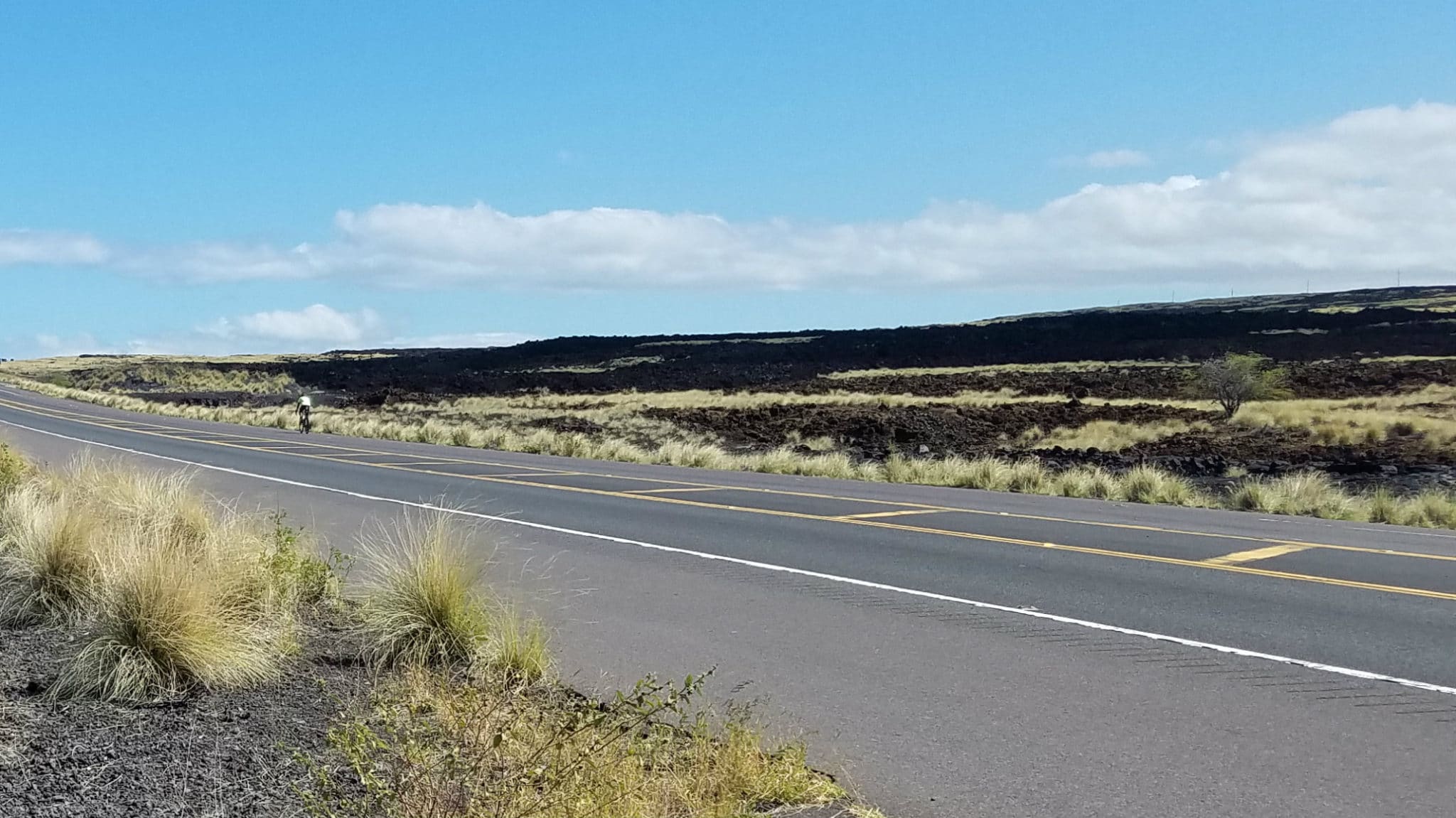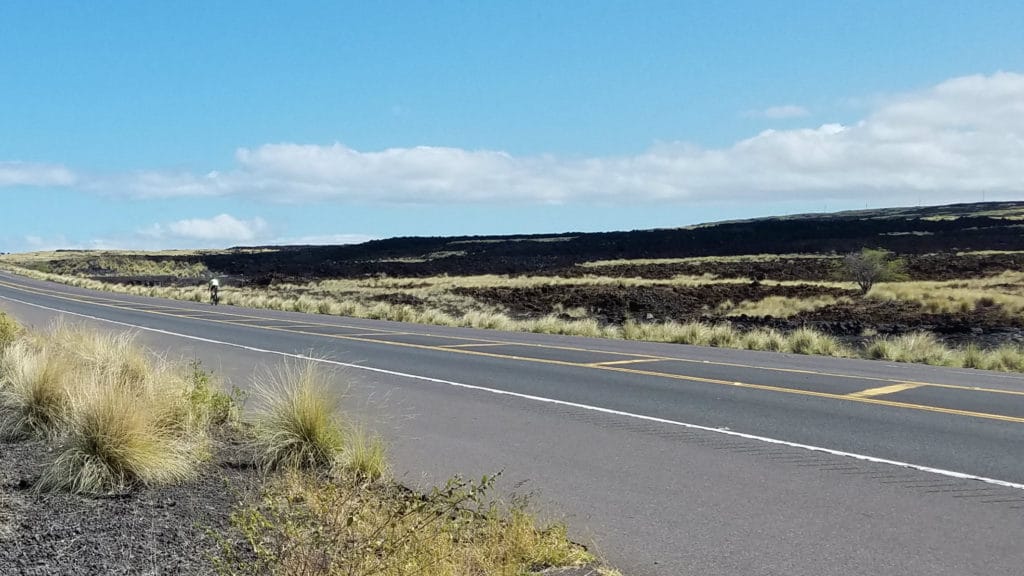Triathlon – From Humble Beginnings to International Sport

On September 25, 1974, a small group in San Diego, CA decided to try (pun intended) a ‘strange type of race’ involving running, biking, and swimming. Today, the sport is well organized, international, and includes races for nearly every age and ability.
Triathlon History
The word ‘triathlon’ comes from combining two Greek words – ‘treis‘ (three) and ‘athlos’ (sports).
The first modern day triathlon, the Mission Bay Triathlon, was held in San Diego, CA on September 25, 1974. The race, which had 46 contestants, consisted of a 6-mile run, 5-mile bike, and 500-yard swim. The entry fee was $1.
Over the next years, more triathlons were held and the sport gained traction. In 1989, the International Triathlon Union (ITU) was established with its main charter of getting triathlon included in the Olympic Games.
Triathlon became an Olympic sport in 2000.
Probably the most well know triathlon event is the Ironman Championship held each October in Kona, Hawaii. A few weeks after the competition, highlights of the event are broadcast on television. Check this out if you have a chance. You will see a number of senior triathletes participating.

The IRONMAN World Championship is held on the Kona side of the Big Island of Hawaii and includes a 112-mile bike leg.
Triathlon Distances
Distances of the three sports for the four main types of conventional triathlon are summarized in the table below.
| Triathlon type | Swim distance | Bike distance | Run distance |
| Sprint | 0.5 mile (750 m) | 12 mile (20 km) | 3.1 mile (5 km) |
| Olympic | 0.9 mile (1.5 km) | 25 mile (40 km) | 6.2 mile (10 km) |
| Ironman 70.3
(Half Ironman) |
1.2 mile (1.9 km) | 56 mile (90 km) | 13.1 mile (21 km) |
| Ironman 140.6
(Full Ironman) |
2.4 mile (3.9 km) | 112 mile (180 km) | 26.2 mile (42 km) |
Triathlon Statistics
According to USA Triathlon, the number of races sanctioned through their organization has nearly tripled in the past seven years, growing from 1,541 in 2004 to 4,397 in 2014.
Triathlon is growing especially fast among the Senior Triathletes’ community. In 2005, USA Triathlon reported 8,278 members aged 50 and over. By 2014, the number of members in this age group had climbed to nearly 30,000.
Other Triathlon Types
As triathlon has grown, a number of variations from those summarized in the table above have been developed:
- Super Sprint – some beginners prefer a shorter version of the sprint distance. The standard Super Sprint course consists of: 0.25 mile (400 m) swim, 6.2 miles (10 km) bike, and 1.6 miles (2.5 km) run.
- Open – HITS Triathlon has among the triathlon events that they hold an Open distance with distances somewhat less than half those of the Super Sprint. These are: 100 m (109 yards) swim, 3-mile bike, and 1-mile run.
- Paratriathlon – a variation for athletes with a physical disability. The paratriathlon has various types depending upon the nature of the physical impairment.
- Reverse triathlon – as the name suggests, the three legs are done in reverse so that the race consists of run, bike, and swim. Reverse triathlons are of the sprint or shorter distances.
- Winter triathlons consisting of run, bike, and cross-country ski.

Senior triathlete Richard Chin beginning his last lap of the ski course at the 2016 National Winter Triathlon Championship held on January 31, 2016, in St. Paul, Minnesota, USA.
- Indoor triathlons – there are a variety of indoor triathlons including distance and time-based. On the time-based triathlon, the distance that each participant can travel in each of the sports over a fixed time is measured.
- ‘Adventure’ triathlons in which the swim portion is replaced by kayaking or canoeing and/or the bike leg occurs off-road and requires a mountain bike or fat tire bike.
Other Endurance Events
- While not triathlons, there are two other similar endurance races that are often held in conjunction with triathlons: (1) duathlon and (2) aqua-bike.
- Duathlon involves run – bike – run legs with distances of each similar to those of a sprint or Olympic triathlon.
- Aqua-bike eliminates the run leg including only the swim and bike legs, one each.
Who is the Competition?
Most people participate as ‘Age Groupers’. This means that there is specific competition between those of a given gender within an age group range, typically a span of 5 years (e.g.50-54, 55-59, 60-64, 65-69, etc.).
However, there is one other major option for individual participation – Clydesdale (male) and Athena (female). Triathletes competing in the Clydesdale division must weigh a minimum of 220 pounds. Females competing in the Athena division must be a minimum of 165 pounds.
For events with a large number Clydesdale and Athena participants, organizers sometimes also define age groups. For these, age groups include Masters (40-49), Grand Masters (50-59), and Great Grand Masters (60+) sub-groups.
An Event for Everyone
As you can see, there really is an event for essentially everyone based on their specific interests and abilities.
